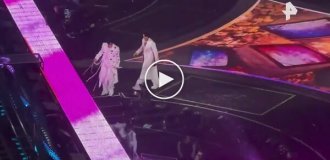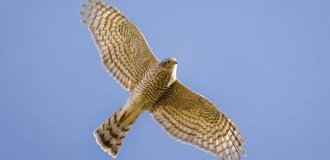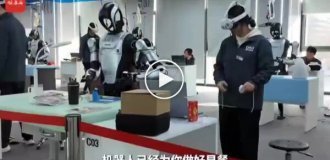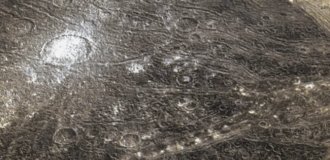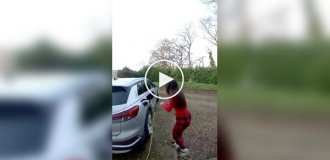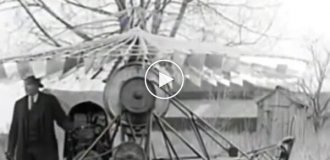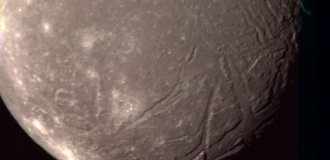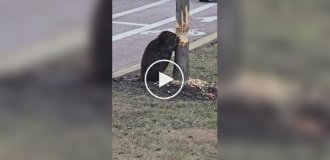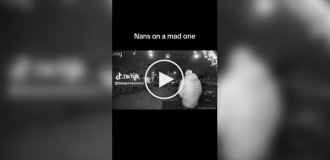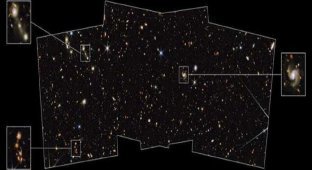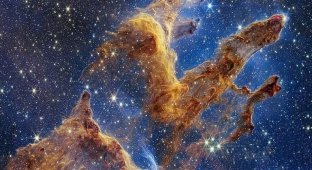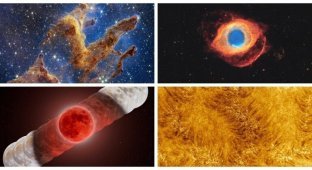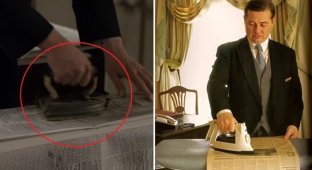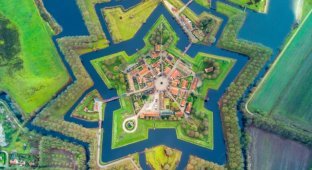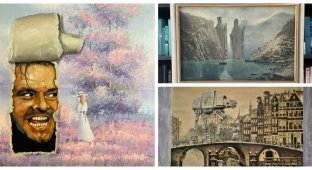The James Webb telescope showed the Pandora cluster in all details (3 photos + 2 videos)
The James Webb Space Telescope made an ultra-deep image revealing never-before-seen details of the Pandora Cluster (Abell 2744) - areas of space where three galaxies merge. This the cluster is so massive that its gravity distorts tissue space-time, forming a gravitational lens. 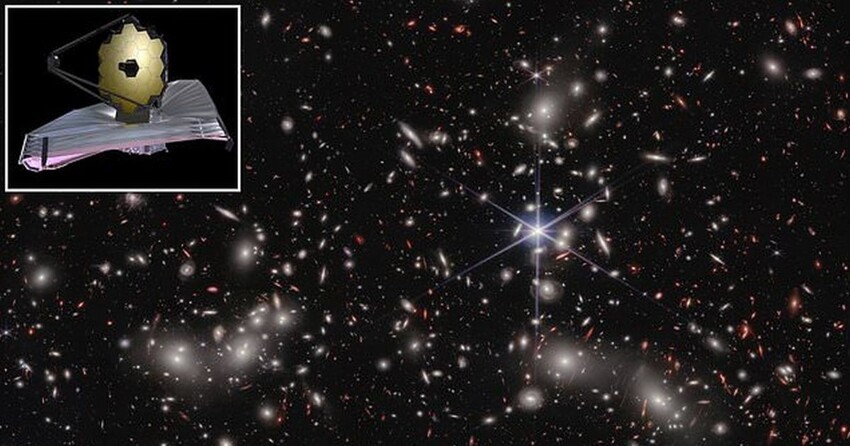
The ancient myth of Pandora is associated with human curiosity and discoveries that separate the past from the future. I think the same can talk about new areas of the universe that Webb opens up, including this is a deep image of the Pandora Cluster,” said astronomer Rachel Besancon of the University of Pittsburgh. 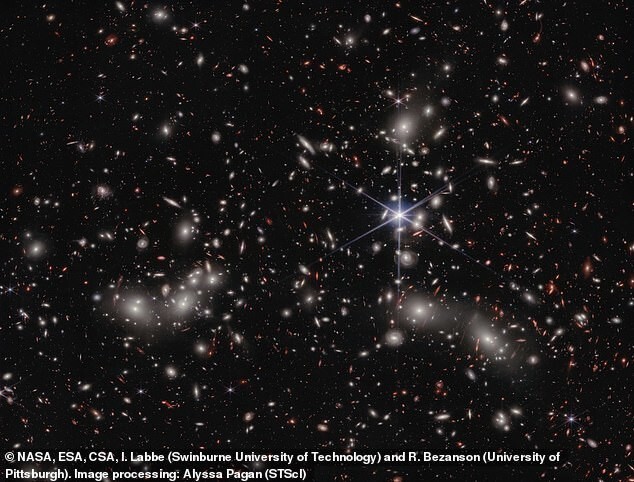
When images of the Pandora Cluster first came from Webb, we were, frankly, amazed. In a cluster in the foreground there was so much detail and so many distant galaxies visible through the gravitational lens that I got lost in this image. Webb exceeded our expectations.
Megacluster has a huge mass and creates a powerful effect gravitational lensing (enlargement that allows you to observe more distant galaxies using the cluster as a magnifying glass). The gravitational lens also distorts the appearance of distant galaxies, so they look a bit crooked. 
The Pandora Cluster, which is the result of strong and simultaneous collisions of galaxies over 350 million years, was first seen by Hubble in 2011. It represents a huge of interest to astronomers because when massive clusters of galaxies collide in such a way that a mess is obtained, which is treasure trove of information.
The Webb image of 236 million pixels gives the opportunity to study the Pandora Cluster in all its details. It shows how at least 50,000 stars in the near infrared. To capture them it took about 30 hours of observation with NIRCam exposure of 4-6 hours. Then four images were combined into one panorama.
The image can be studied in detail (with zoom) at the link https://webbtelescope.org/resource-gallery/images/zoomable-pandoras-cluster.

